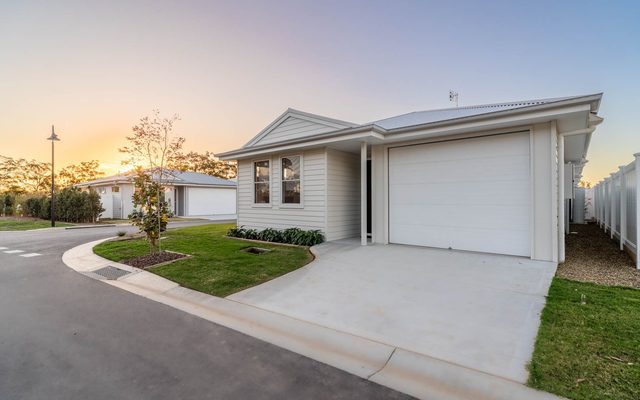This article is from the Australian Property Journal archive
OFFICIAL building and construction data released yesterday suggests the federal government’s strengthened National Housing Accord – touted to deliver 1.2 million dwellings over five years – is “very unrealistic”, according to analysts, potentially extending the current housing crisis.
Figures released by the Australian Bureau of Statistics yesterday showed national total dwelling approvals fell 8.1% in to 12,668 in July, in line with expectations and continuing the downturn for approvals, which now site 23% lower than the long-run average.
Private house approvals held flat at 8,084, with moderate growth in Queensland (of 5%) and Western Australia (6%) being offset by declines in NSW (down by 3%), Victoria (by 4%) and South Australia (by 9.1%).
Attached dwellings corrected 15.8% in July to 4,367 as Victoria continued to record very weak apartment numbers.
“Higher interest rates, delays, and cost escalation have pushed up new home prices and caused heightened buyer anxiety,” said Maree Kilroy, senior economist for Oxford Economics Australia.
“In response, we expect national dwelling commencements to slide below 150,000 this financial year.”
Kilroy noted the National Housing Accord target was upped by National Cabinet a fortnight ago by 200,000 to 1.2 million dwellings over the five years ending FY2029, and “there is movement happening on the housing policy front.
“The current downturn and volume of funding on the table make this a very unrealistic prospect. Planning lags mean that it will take until the back half of the decade for activity to see a meaningful boost,” she said.
The National Housing Accord target is in addition to the government’s flagship $10 billion Housing Australia Future Fund that aims to deliver 30,000 social and affordable dwellings, which is currently halted in the Senate as negotiations with the Greens remains at a stalemate.
Low levels of housing supply unable to keep with demand have led to house prices and rents surging and vacancies sink to record lows at the same time as Australians face a cost-of-living crisis, tipping more and more Australians into homelessness.
According to the UDIA, the official data on building approvals and CPI figures that showed inflation at lower but stubborn 4.9% “paints an increasingly grim picture for new housing over the coming period”. The organisation predicts that new housing completions in 18 months’ time will fall to 33% or more below the long-run average.
“The ever-worsening reduction in new housing supply is leading to skyrocketing house prices and rentals, and we predict this becoming much worse over the next 18 months. While strong demand may be returning to the market, there has been no commensurate improvement in development-ready land supply,” said Max Shifman, UDIA national president.
Meanwhile, residential building activity held flat at $18.37 billion in the June quarter as capacity constraints continued to suppress activity. An elevated backlog of work persists as a support, Kilroy said, but it is anticipated the impact of this will begin to diminish from early 2024, following on from the current downturn in approvals. North of 100,000 houses under construction nationally – well above the historical average near 60,000 – will prolong the current cycle.
ANZ senior economist Adelaide Timbrell said that two back-to-back falls in residential approvals “suggest a decline in residential construction activity toward the end of this year and into next, despite backlogs in the sector”.
Publicly announced pipeline of work “unachievable”
After a record June result, the value of non-residential building approvals dropped 27.8% to $5.99 billion. Non-residential building activity rose 0.6% over the quarter, underpinned by a sizeable pipeline of public projects, and Kilroy expects activity will hold over the remainder of 2023.
“A countering drag is set to be a softening of private investment, notably in new office and retail floorspace,” Kilroy said.
Engineering (non-building) construction activity rose 0.7% seasonally adjusted over the June quarter, largely driven by a 1.1% lift in private work. Activity is expected to grow over the coming years, with support coming from a large pipeline of publicly funded transport projects.
“Nonetheless, industry capacity constraints and rising construction costs will see governments struggle to get through their announced project pipelines on time,” Kilroy said.
“We continue to believe that the publicly announced pipeline of work is unachievable, and so think the independent review of the Infrastructure Investment Program gives governments the opportunity to adjust their investment




